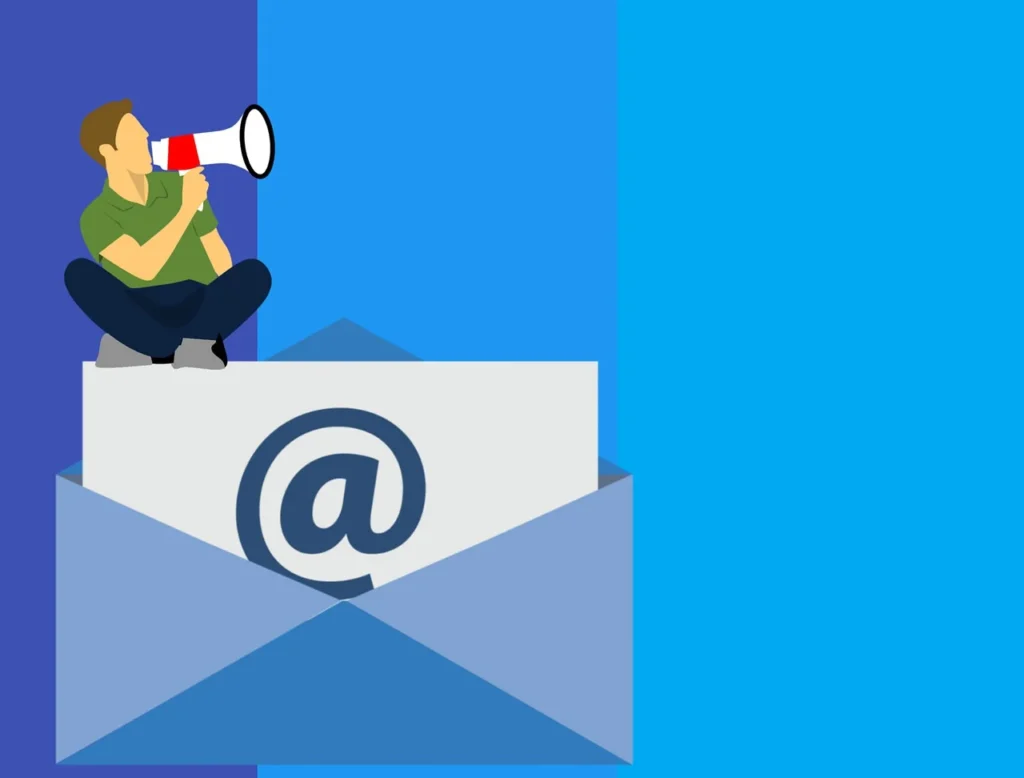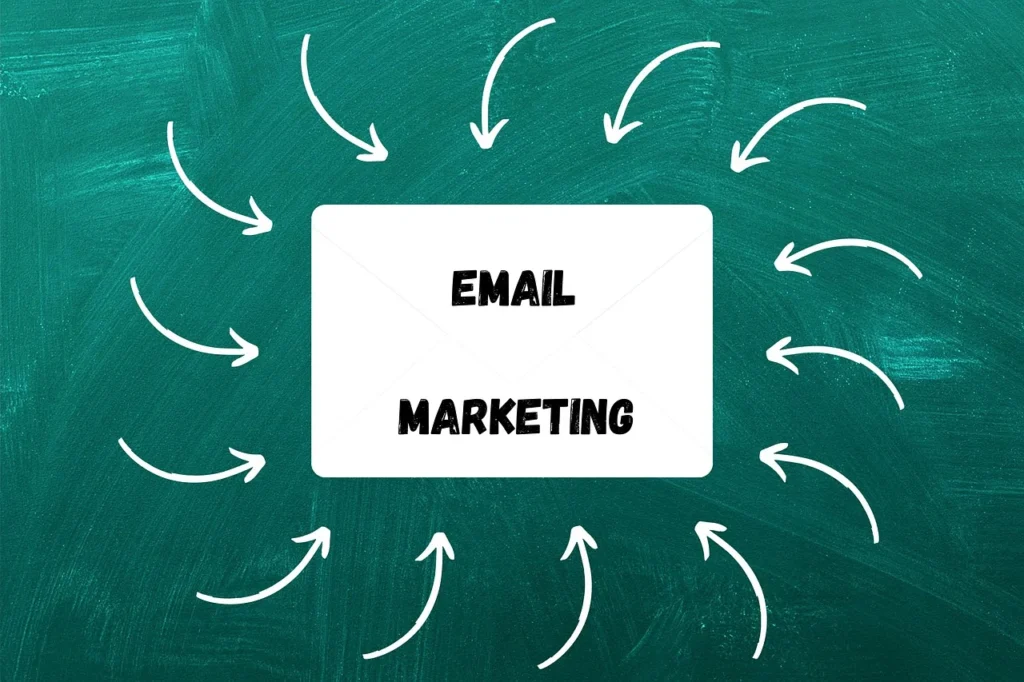Mastering Email Marketing Campaign: Build Your Customer

Creating an Effective Email Marketing Campaign: A Comprehensive Guide Email marketing remains one of the most powerful tools for engaging with your audience and driving conversions. Whether you’re a small business owner, a corporate marketer, or a content creator, an email marketing campaign can significantly enhance your outreach. However, to maximize the potential of email […]
AI Marketing Strategies: Viral Content and Engagement

AI marketing is reshaping the landscape of digital strategies, offering innovative tools to create personalized, engaging, and highly impactful campaigns. By leveraging artificial intelligence and customer data platforms (CDPs), businesses can optimize their marketing efforts to reach wider audiences, boost engagement, and achieve measurable results. This guide explores how AI marketing strategies is revolutionizing […]
Effective Email Marketing for Your Business (2025)

Introduction Email marketing is one of the most effective and rewarding strategies to connect with your audience, nurture relationships, and ultimately drive revenue. With every $1 spent on email marketing generating an average return of $40, it’s clear why this powerful tool is indispensable for businesses of all sizes. In this guide, we’ll walk you […]
How to Use Youtube as a Social Media Marketing Tool

YouTube has become one of the most powerful social media marketing tools available today. With over 2 billion monthly active users, it offers a massive audience for businesses to reach. By creating engaging videos, you can connect with your target audience, build brand awareness, and drive traffic to your website. In this guide, we’ll explore […]

